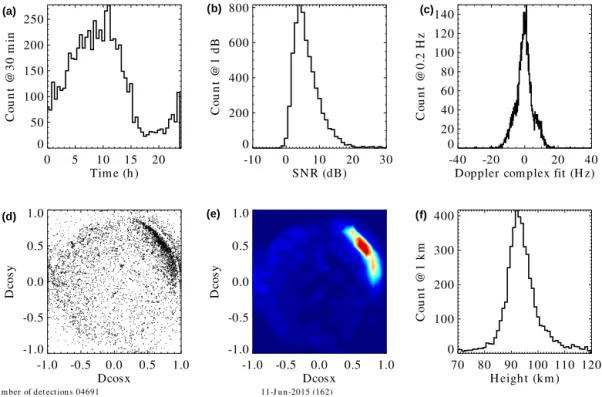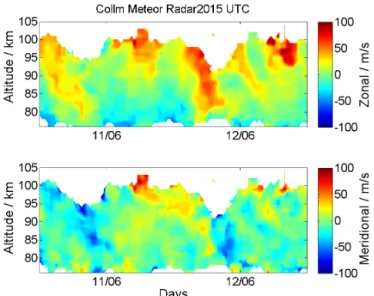Coded continuous wave meteor radar
Texte intégral
Figure




Documents relatifs
The dissoci- ation we observed, between clearly impaired color-name comprehension and performance close to the normal range on color categorization, qualifies as a
Scientific American, 2 janvier 1909 Nous avons présenté au cours de ce manuscrit plusieurs travaux montrant les atouts des réseaux de neurones pour la robotique développementale,
Les mod`eles num´eriques existants pour mener `a bien la simulation de tels disposi- tifs souffrent de limitations concernant d’une part un ph´enom`ene pr´epond´erant dans la rupture
A total of 28 flow simulations were performed (every combination of leading edge angle, inlet face angle, and internal compression ramp layout). Then, the total
Methanotrophs recruited most sequences from the deep (D) samples ranging from 41.3% to 46.0% of the matching reads with most matches to the genome of the type I
The offsite cast wall is found to have a lower embodied energy than the onsite cast wall by virtue of being thinner but accordingly lower mechanical capacity via the
The positive correlation between using the polymer and actual hemolysis results, shows that in early stages of design, if an aqueous solution of PEO is placed in
topographic features of the woven mesh surface (i.e., fabrication tolerances, waviness and form drag), the model of Davis and Lauga given by eqn (7) captures the slow variation of

